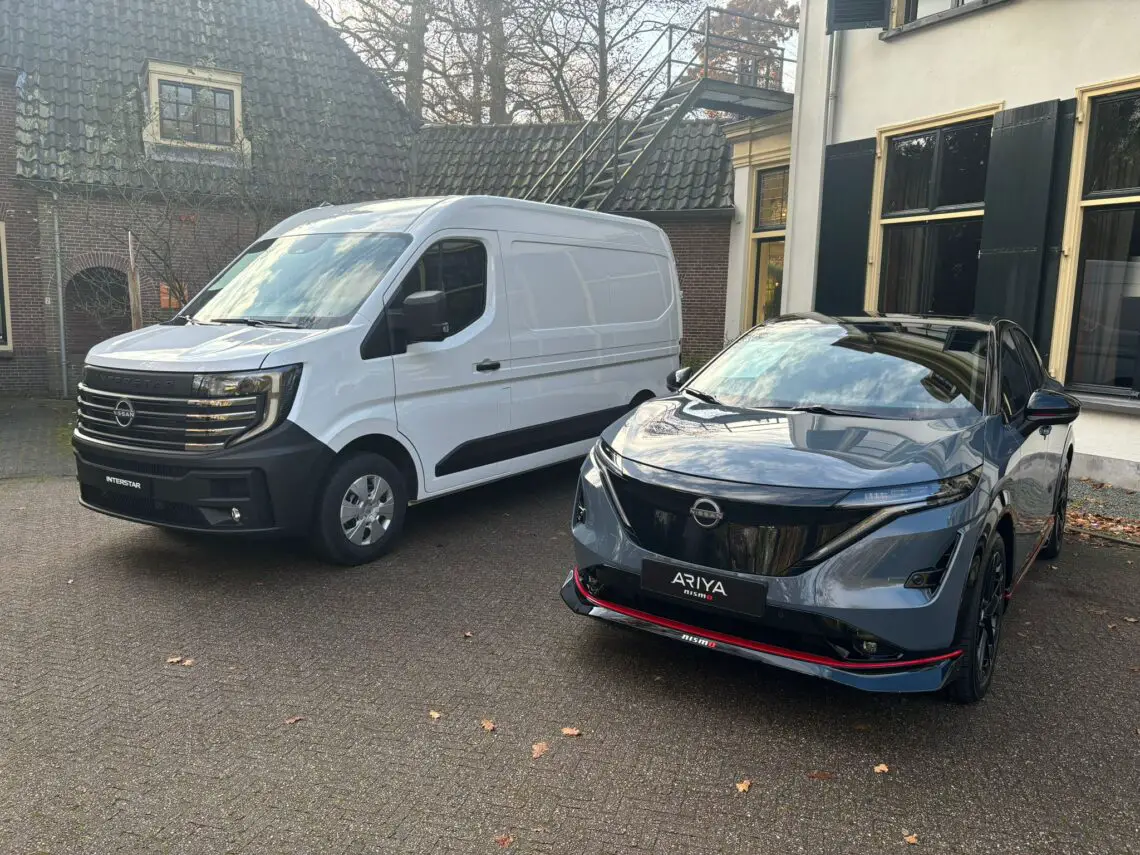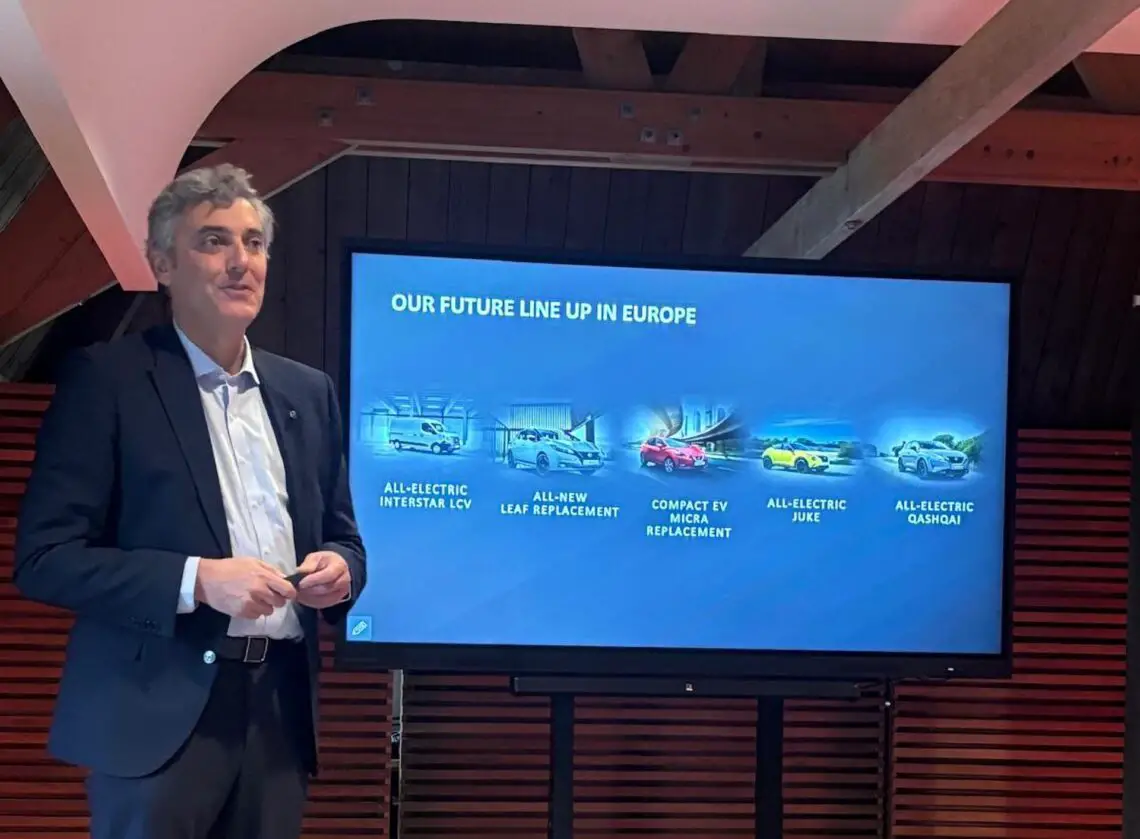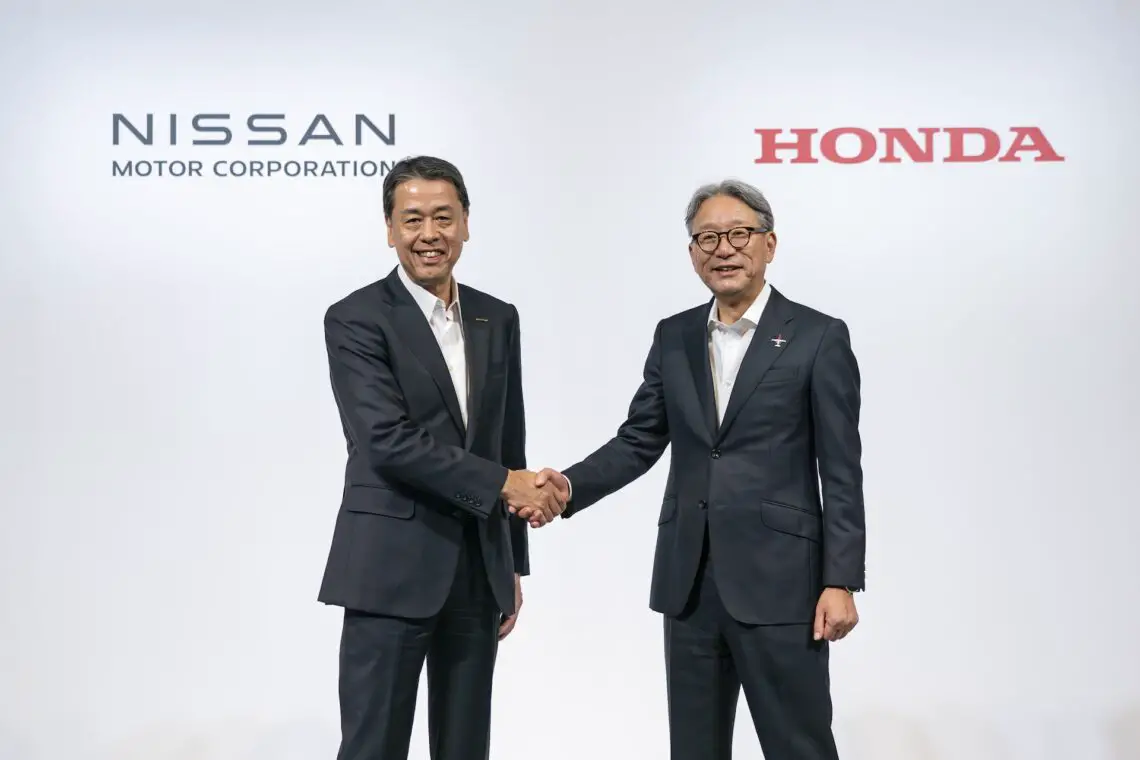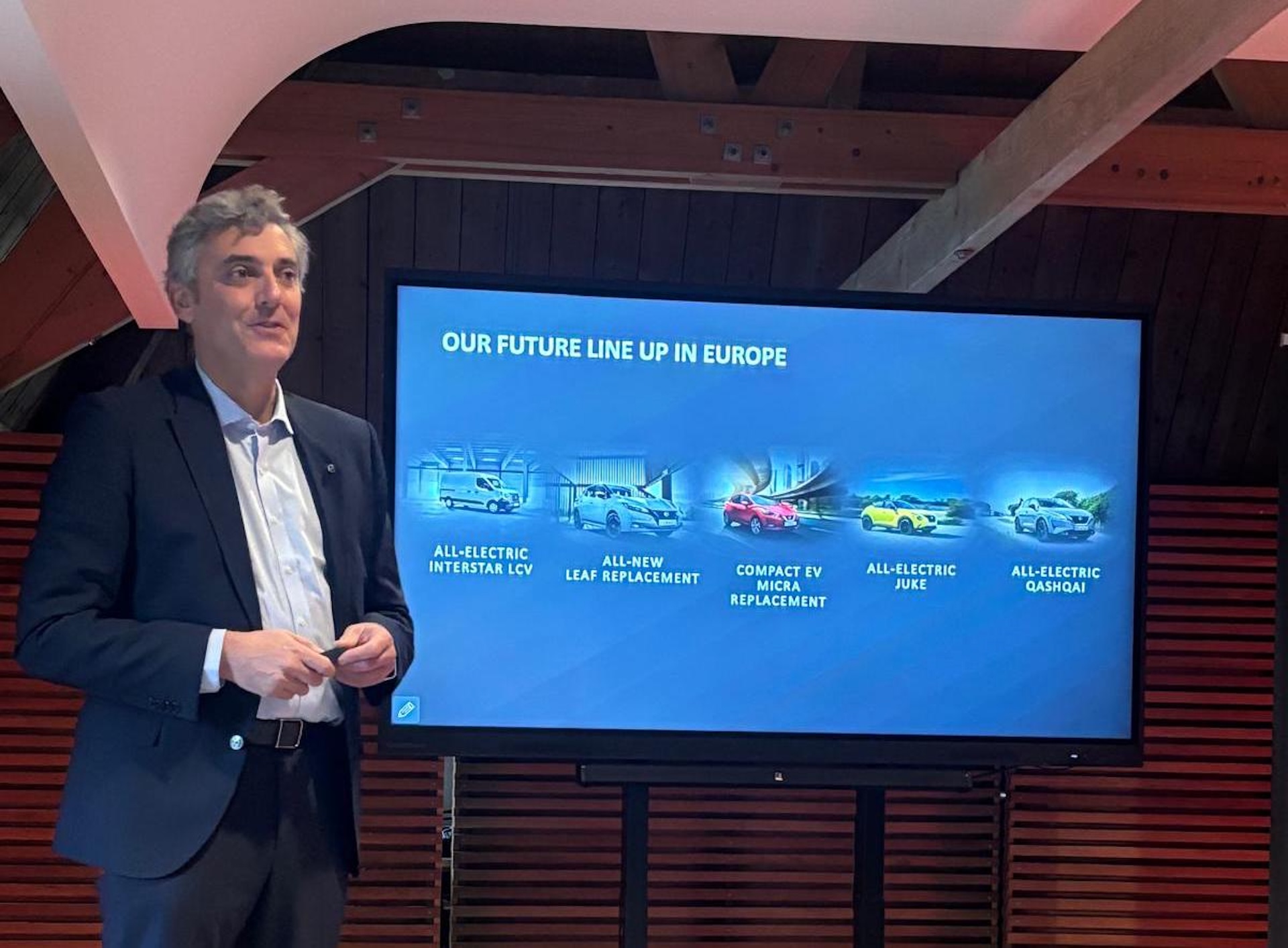Nissan announces bizarre EVs for Europe
Catching up for Nissan in Europe
Nissan was an early player in the electric car market, but seems to have been in a bit less of a hurry in recent years. At least, so it seems. In reality, however, things are really different, as Nissan is actually working hard to develop several electric models. Currently, Nissan provides two electric passenger cars, namely the Nissan Leaf and Nissan Ariya. Furthermore, the brand has an electric Townstar van in its lineup, as well as a Townstar Evalia: a seven-passenger EV.
Electric Nissan Interstar-e
Many more electric models will be added in the near future. The first involves an electric Nissan Insterstar-e, a commercial vehicle. Nissan is working toward full electrification of the LCV segment by 2027. The new 100% electric Nissan Interstar-e is already available for order. So what four other EVs does Nissan have in store?

LEAF, Micra, Juke and Qashqai as EVs
Very interesting ones, as Nissan is coming up with a successor to the electric Nissan Leaf, a compact EV to replace the Micra, an all-electric Juke as well as an all-electric Qashqai. Nissan itself talks about an “all-new Leaf replacement,” a “compact EV Micra replacement,” an “all-electric Juke” and “all-electric Qashqai.” Technical details the brand is not yet sharing. In any case, they will all be launched in Europe. The big question is: when?

Objective in the Netherlands
Saigot: “The all-electric and also new-generation Nissan Leaf will come to market in late 2025, as will the Micra’s electric replacement. The Juke EV and Qashqai EV are scheduled for market launch in 2026. In addition, we hope that the Ariya Nismo version – to be delivered in early 2025 – can boost Ariya sales in Europe. It is also incredibly important for the Japanese automaker to invest in proprietary battery technology. By reducing costs in this area and increasing efficiency, we can make great strides in this area. Our ultimate goal is a 3 percent market share in the Netherlands.”
e-POWER 2.0
The current generation Qashqai and X-Trail use what is known as an e-Power powertrain. This is a combination of a gasoline engine, which charges the battery, and an electric motor that drives the wheels. So the car runs electric, but power is generated with gasoline. “We are also working on the 2.0 version of e-Power,” Saigot said, without going into further details. And an electric Nissan GT-R? “We showed an electric concept car. We never do that for nothing,” Saigot said.
Nissan, Mitsubishi and Honda
The manufacturer has also started a collaboration with Mitsubishi Motors and Honda. That cooperation involves developing specific software, batteries and other technologies for electric cars. By joining forces, these brands can reduce development costs and thus increase competitiveness against brands from China.
Nissan and Honda
In addition, the brand is seeking intensive cooperation with Honda, separate from the alliance. “We see that as the biggest achievement for our future,” Saigot stated. About that cooperation with Honda, the following facts are already known.
- Development of a software-defined vehicles (SDV) platform.
- Explore possibility of mass production of SDVs.
- Develop batteries for short and medium to long term, consider sharing specifications and mutual delivery.
- Bringing together the battery technologies and assets of both companies makes it possible to offer a wide range of battery options, from high-efficiency to low-cost models, as well as cost-saving effects through investment diversification and risk hedging, and the benefit of volume yield.
- A basic agreement to make common specifications of battery cell modules for electric vehicles from a medium- to long-term perspective, with the aim of making the batteries they intend to purchase usable in vehicles from both companies.
- Honda and Nissan will study the supply of lithium-ion electric vehicle batteries from L-H Battery Company, Inc, a joint venture between Honda and LG Energy Solution, to Nissan in North America beyond 2028.
- The two companies have reached a basic agreement to share the specifications of their respective mid- to long-term e-axles for use in both companies’ next-generation EVs.
- The agreed-upon first step is to share motors and inverters, the core of the e-Axle.


